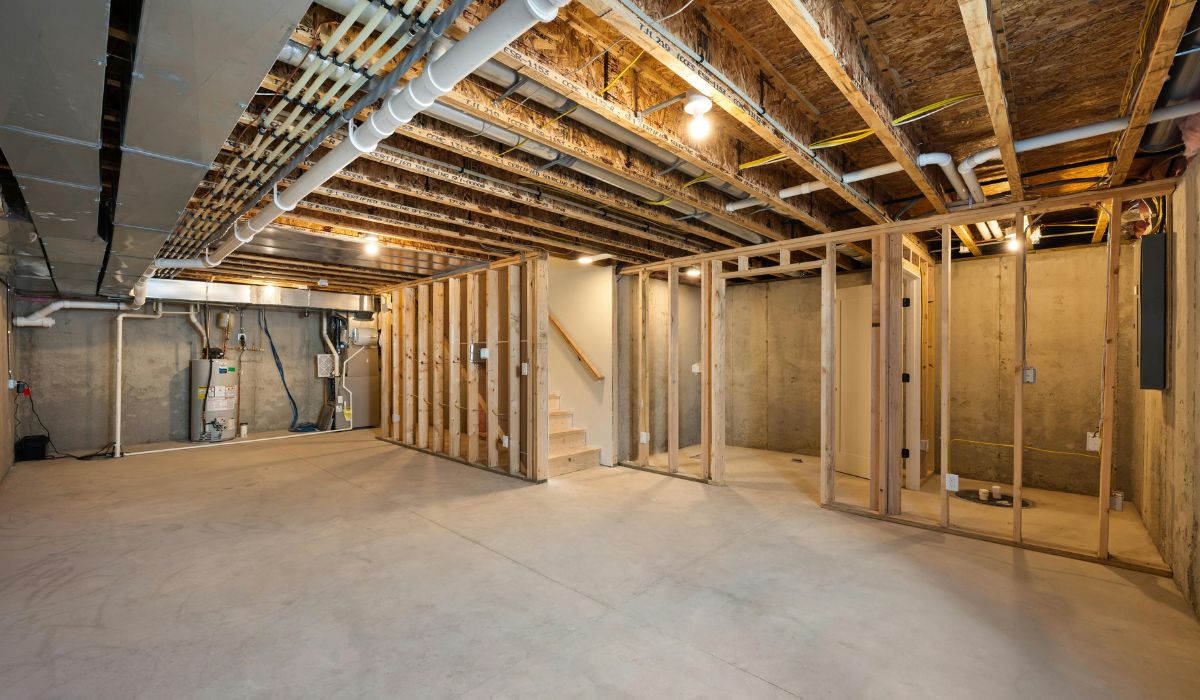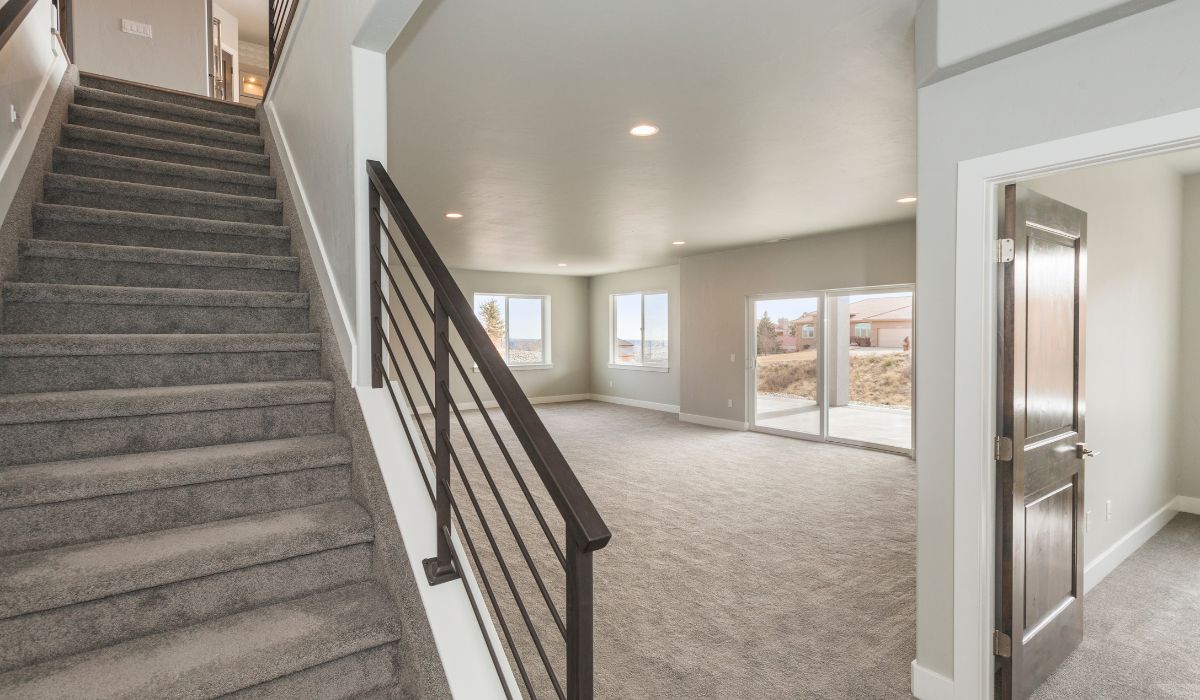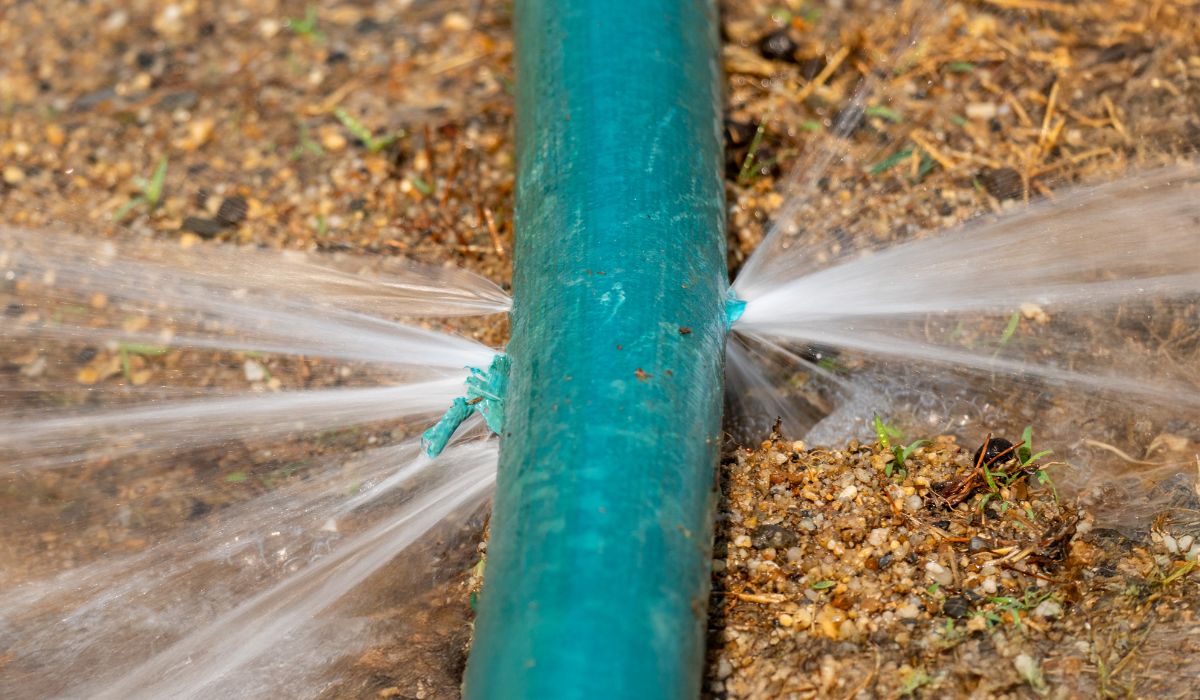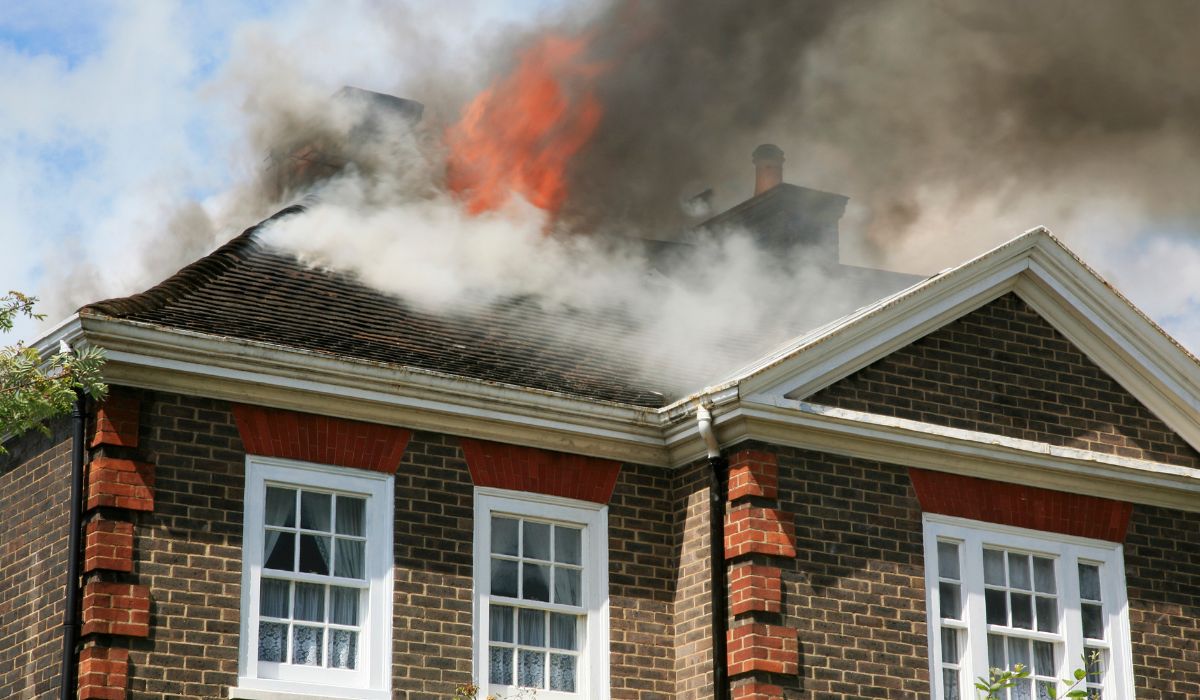How Do You Protect Your Basement From Water Damage and Flooding
Keeping your basement dry is one of the best ways to protect your home. Basements are below ground, which makes them more likely to face water damage, flooding, and even mold problems. If you have ever had a flooded basement, you know how stressful and costly it can be. The good news is that there are many steps you can take to stop water before it causes problems.
In this article, we’ll cover simple and advanced ways to protect your basement. We’ll also explain what causes water issues, how to spot risks, and what tools like a sump pump or French drain can do for your home. Reviewed by Preferred Restoration.

Why Basements Flood
Flooding in basements can happen for many reasons. Understanding these causes can help with basement flooding prevention.
Common Reasons for Basement Water
- Heavy rain or snowmelt puts pressure on the soil around your home.
- Leaks in the foundation or walls let groundwater seep inside.
- Clogged gutters or downspouts make water spill near your basement.
- Plumbing issues, like a broken pipe, toilet, or washing machine overflow.
- Storm sewer or sanitary sewer backups push sewer water into basements.
- Poor grading or landscape design makes water flow toward your house.
When these issues happen, water can rise, seep through cracks, and leave you with a flooded basement cleanup project.
The Dangers of Basement Water Damage
Water in the basement is not just an annoyance. It creates health and safety hazards.
Health Hazards
- Mold and mildew grow in moist areas and can hurt your respiratory system.
- Sewage brings bacteria and sanitation concerns.
- Moisture raises humidity, which can damage wood, drywall, and paint.
Safety Hazards
- Electricity and water don’t mix. Even small leaks near wiring are a serious hazard.
- Structural damage to the foundation, walls, and floor weakens your home.
- Odors, sewer gas, and hidden moisture can cause long-term issues.

Basement Waterproofing Basics
Basement waterproofing is the first line of defense. It means blocking water from getting in and controlling moisture inside.
Interior Waterproofing
- Add a vapor barrier or plastic sheets to walls.
- Use sealant, coating, or paint made for concrete.
- Install a dehumidifier or humidifier to control humidity.
Exterior Waterproofing
- Fix cracks with cement or foam sealers.
- Install perimeter drainage like a French drain or swale.
- Apply waterproof coating on exterior concrete walls.
Sump Pumps and Drainage Systems
A sump pump is one of the best tools for basement flooding prevention.
How a Sump Pump Works
- A small pit, called a sump, is dug in the floor.
- The pump collects water from the drainage tile or perimeter system.
- The pump then pushes water out through a discharge pipe to a safe spot in your yard.
Backup and Safety
- Add a battery backup or valve in case of power loss.
- Consider a sensor that alerts you if the pump fails.
- Test your pump often, especially before heavy storms.
Other Drainage Systems
- French drains guide stormwater away from your foundation.
- Storm drains and storm sewer systems help with surface water.
- A backwater valve stops sewer water from coming back into your home.
Plumbing, Sewage, and Sewer Systems
Sometimes, basement floods start with your own plumbing or the city’s sewer system.
Tips for Plumbing and Sewage
- Get regular inspection for your pipes, toilets, and sinks.
- Install leak detection devices to spot problems early.
- Maintain your sanitary sewer line to avoid backups.
- Clear debris and roots from pipes with a licensed plumber.
Combined Sewer Systems
In some cities, storm sewer and sanitary sewer lines are combined. During extreme weather, this can cause flooding. Ask your city for information about your system and options for protection.
Foundation and Construction Issues
Your home’s foundation is key to stopping basement water.
Foundation Repair
- Seal cracks with cement, caulk, or foam.
- Call experts for major foundation repair projects.
- Add basement waterproofing systems for long-term reliance.
Construction and Soil
- Poor construction or weak soil can lead to erosion.
- Water pressure from a high water table pushes against your walls.
- Inspection during basement finishing helps catch hidden problems.
Roof, Gutters, and Yard Care
Keeping water away from your home starts above ground.
Roof and Gutter Tips
- Clean your roof and gutters of debris.
- Extend your downspouts away from your foundation.
- Check for leaks during rain and snowmelt.
Yard and Landscape Tips
- Keep your yard graded so water flows away from your home.
- Use gravel, swales, or irrigation systems to manage stormwater.
- Watch out for tree roots that may break pipes or shift soil.
- Avoid planting large trees too close to your foundation.
Inside the Basement
Small steps inside your basement also make a big difference.
Everyday Prevention
- Store items in plastic bins instead of cardboard.
- Keep a humidifier or dehumidifier to balance air.
- Check for moisture, odor, or hidden seepage after storms.
- Use foam, sealant, or coating on walls and floors.
Appliances and Water Use
- Inspect your washing machine, sink, and toilet for leaks.
- Shut off your water supply in an emergency.
- Add a sensor to spot leaks near pipes or appliances.
What To Do If You Already Have Water
Even with prevention, you may still face a flooded basement. Quick action matters.
Flooded Basement Cleanup
- Turn off electricity before entering.
- Pump out water with a sump pump or pump rental.
- Dry drywall, wood, and flooring with fans and dehumidifiers.
- Call water damage restoration experts if needed.
Insurance and Protection
- Check your home insurance or flood insurance for coverage.
- Some policies include a warranty on basement water protection.
- Keep records of repairs and restoration for claims.
Long-Term Prevention Strategies
Basement flooding prevention is not one-time—it takes ongoing care.
- Do yearly inspection of your foundation, roof, and plumbing.
- Maintain your basement waterproofing system.
- Clear storm drains, driveways, and exterior drainage of debris.
- Watch weather reports for extreme weather and heavy storms.
- Take action before snow, rain, or snowmelt seasons.

FAQs About Basement Water Damage
How do you protect your basement from water damage and flooding?
You can protect your basement with basement waterproofing, a sump pump, French drains, good roof drainage, and regular inspection of plumbing and foundation.
What causes basement flooding the most?
The most common causes are heavy rain, plumbing leaks, clogged downspouts, and sewer system backups.
Can insurance cover basement flooding?
Yes, some home insurance policies cover certain types of water damage. For full protection, you may need separate flood insurance.
What should I do if my basement floods?
Turn off electricity, remove water with a pump, dry everything with fans and a dehumidifier, and call restoration experts if needed.
How can I prevent mold in my basement?
Keep the basement dry with a dehumidifier, fix leaks, use vapor barriers, and clean any moisture quickly.
Final Thoughts
Basements don’t have to be damp or unsafe. With the right basement waterproofing system, drainage, and inspection, you can keep your space safe, dry, and healthy. From sump pumps to foundation repair, each step helps reduce risks. Protect your basement today to avoid flood damage tomorrow and enjoy peace of mind knowing your home is safe. Contact us today for more information or call your local emergency.



